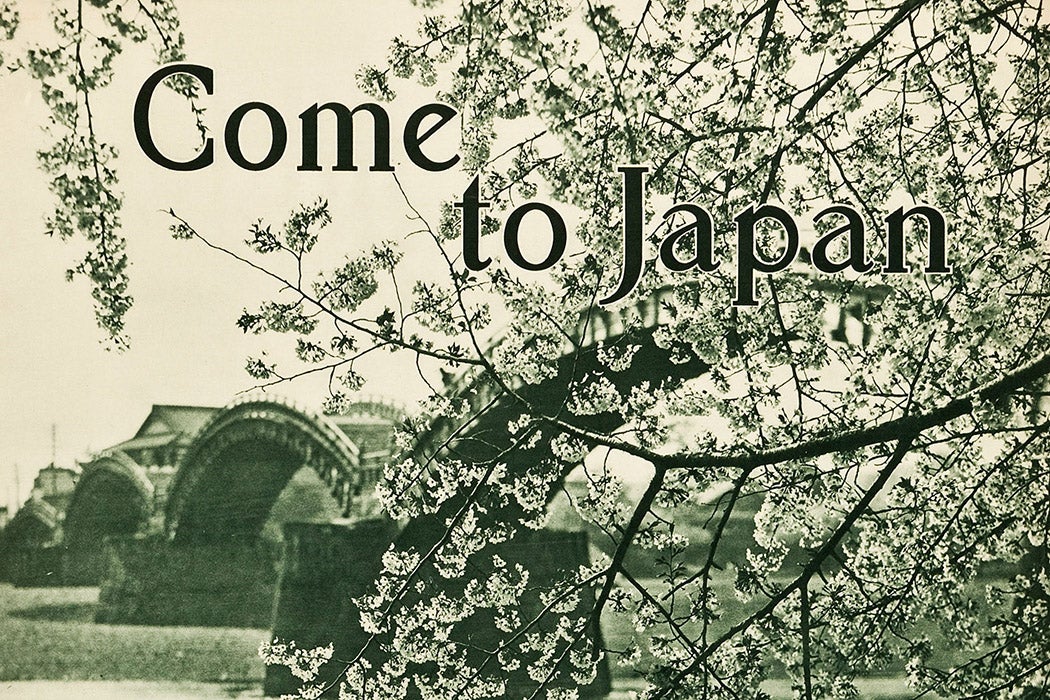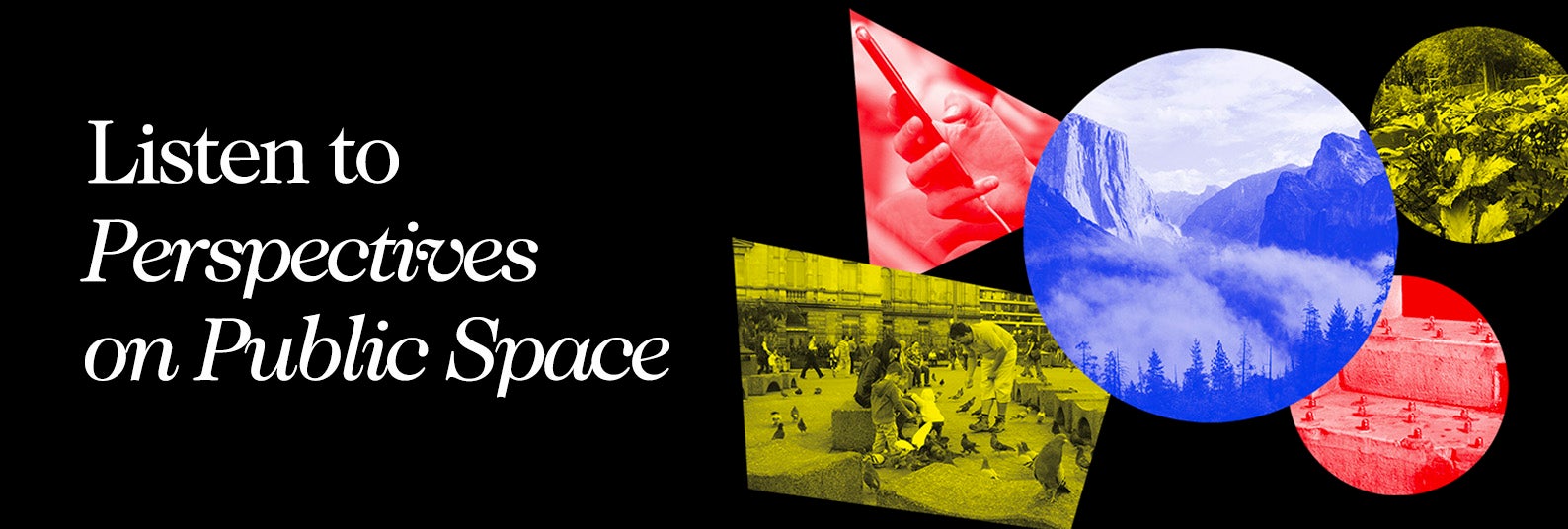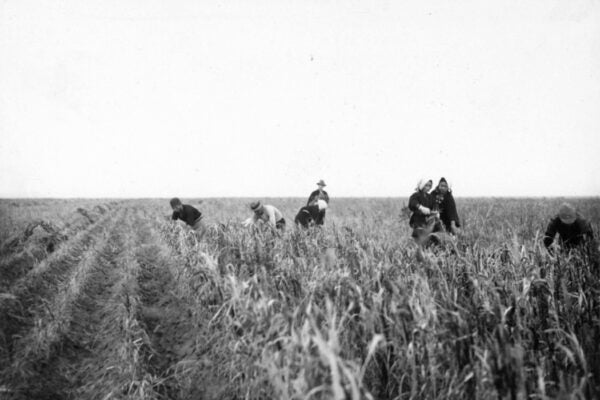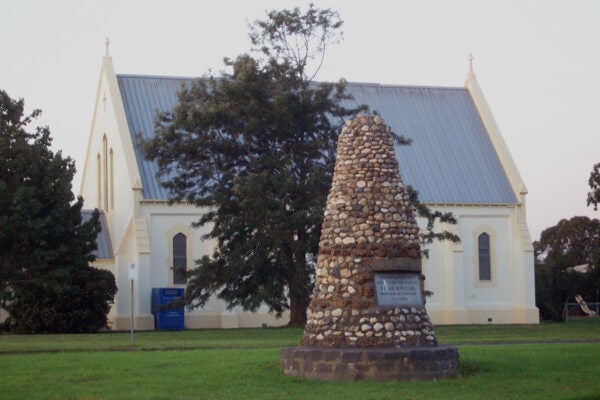Over-tourism is a problem in Japan today, as sightseers push the local infrastructure to its limits. But the Land of the Rising Sun has been a popular destination for Westerners for much longer—including in the late 1930s, when the Second Sino-Japanese War was raging. For many Western travelers of that period, “the practice of touring Japan and its empire…incorporat[ed] them, with few exceptions or challenges, into a Japanese nationalist vision,” reports Andrew Elliott, scholar of modern Japanese history.
As journalists from the English-speaking world headed to East Asia to report on the Chinese front, their routes often took them through imperial Japan, which was the aggressor in the war. Yet, in the years before the West entered the war against Japan, these travel writers “seem[ed] to object to the very act of taking sides,” Elliott remarks.
Organizations in Japan had been actively courting tourists from the 1920s onward—initially as a boost to the economy, but, after war broke out, as a key propaganda strategy as well. For instance, the state-sponsored Oriental Tourism Conference of 1936 featured a striking poster design.
“Japan is depicted as a woman in red kimono leading a group of stylized, culturally-distinct figures, each differentiated by size and costume,” Elliott reports. These figures are accompanied by “exotic objects of touristic attention (a half-naked ‘native’ woman…and an elephant).”
Using such visuals, the Japanese authorities cultivated an image of the country as both traditional and civilized, with enough commonalities with the West that modern tourists could conveniently tap it as “an ideal base from which to explore Korea, Manchuria, and China.”
Unsurprisingly, Japan’s military occupation of those countries went largely unacknowledged. “Images of military technology, practices, and people, while not entirely omitted from tourism-related exhibitions and magazines, were not shown in relation to actual combat,” Elliott notes. Western tourists in Japan didn’t seem to mind the elephant in the room. In fact, their writing portrayed the war “as a localized, thus distant, event that does not concern them,” Elliott says.
The Australia-based writer Frank Clune, who published Sky High to Shanghai in 1939, professed that he didn’t “care who’s who, or what’s what in politics, or who’s right or who’s wrong.” Beginning his sentence with the phrase “[a]ccording to the local guide-book,” Clune blithely parroted Japan’s account of the Mukden incident, which set off the Sino-Japanese War. In short, writes Elliott, “Clune is quite open about his frequent, apparently uncritical and unironic, quotations from official tourist literature” although “this level of candor is uncommon.”
More to Explore
Reinventing Vacation in Japan
Clune’s reference to a guidebook reveals how Japanese agencies had taken a proactive approach to the production of English-language tourist information, which “allowed the government to exercise a large degree of control over tourist routes and ways of seeing,” Elliott writes. Indeed, even so-called independent travelers inevitably followed what Elliott dubs “the standard itinerary of must-see places found in An Official Guide to Japan.” Heading from Japan to the war-torn continent, these visitors would then travel through Busan, the Korean Peninsula, Manchuria, and North China.
In other words, Elliott writes, “they follow the same routes as the official tours of the empire organized by the Board of Tourist Industry.”
Occupied East Asia was also portrayed as benefiting from modernizing Japanese rule, with barely any mention of either the war or the censorship that Western travelers would have encountered.
“[T]he photographs in the published texts reveal nothing about this process of censorship,” Elliott writes. “Rather, the messages they transmit are very much in line with official propaganda, of peaceful coexistence across the empire, exotic customs, and effective modern developments.”
For example, Carveth Wells’s 1940 book North of Singapore includes two pages of photos of wartime China, with captions like “Peking still looks the way you think China should look” and “Chinese girls work as hard at glamor as their Western sisters.” Meanwhile, Elliott notes, “the war gets overlooked.”
“According to these travel accounts, Japanese territories on the continent—like the main islands—are ideal destinations for the pleasure-seeking tourist,” Elliott writes.
To be sure, not all Westerners put forward this disingenuous portrait of imperial Japan. New Zealander James Bertram reveals his conflicted feelings in the realization that his comfortable stay in Japan was a distraction from the horrors experienced on the Chinese front lines.
Weekly Newsletter
“[P]eople in Japan saw only another picture, as I realised when I took up some of the illustrated magazines from the tourist car,” Bertram writes as he recounts a scenic train ride in Japan. But, he adds in a passage in his 1939 travelogue North China Front, “[i]t was a lie, just as the tranquil and prosperous air of these islands was a lie. But how many Japanese knew that?”
Generally, though foreigners’ stories were a propaganda success for the empire, “representing it as a benign travel destination and the war itself as an often distant, disconnected event,” writes Elliott. That’s as “stereotypes culled from the transnational archive of the touristic (oriental) exotic are aimed at an Anglophone audience to obfuscate the workings, in particular militarism and its violence, of Japanese imperial power rather than exhibit or justify them.”








